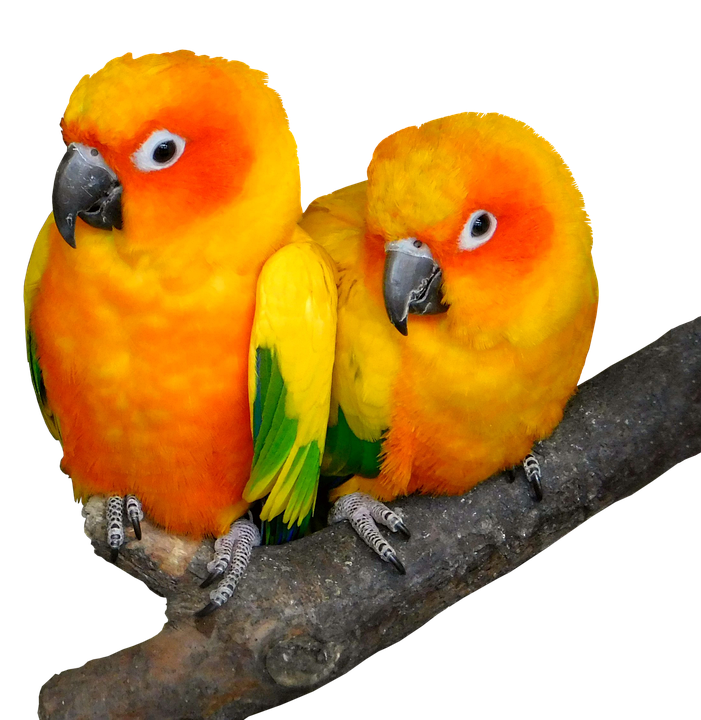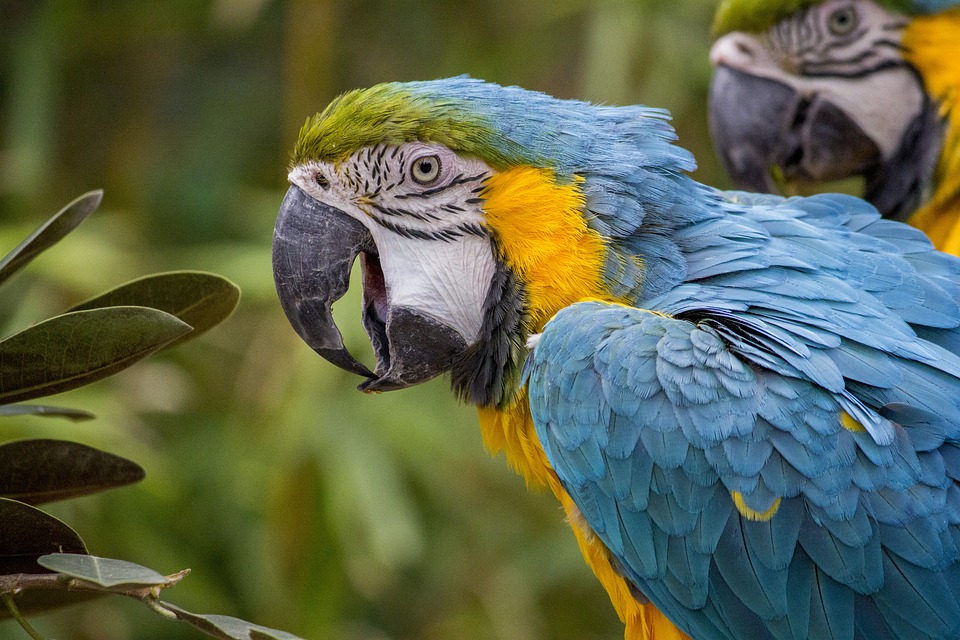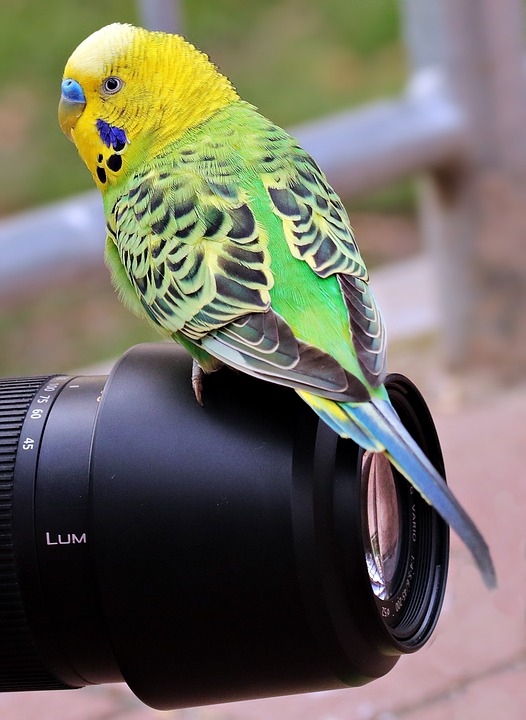Parrots are known for their intelligence and social nature, and it is important for their well-being to provide them with mental stimulation and engagement. Recognizing signs of focus and attention in your parrot is crucial for providing appropriate training and enrichment. By understanding their body language and behaviors, you can create a stronger bond and enhance their training experiences.
One of the most evident signs of focus and attention in parrots is engaged eye contact. When your parrot is focused, you will notice it maintaining direct eye contact with you or the object of interest. The eyes will appear bright, alert, and intent on observing and interacting.
Another sign of focus is an erect posture. A parrot that is paying attention will exhibit a tall, relaxed stance with slightly puffed-up feathers. This body language conveys attentiveness and readiness to engage in activities.
A cocked head position is also a telltale sign of a focused parrot. Parrots often tilt their heads to one side when they are trying to gain a better view or understand something better. This head position indicates curiosity and attentiveness.
When a parrot is deeply focused, it may become completely still and silent. It might freeze its body and suspend any vocalizations or movements. This behavior signifies intense concentration and absorption in the task or object at hand.
Dilated pupils in parrots can indicate heightened attention and focus. When a parrot is engrossed in something, its pupils may expand, allowing more light to enter the eyes and enhancing visual acuity.
Now, let’s address some frequently asked questions about training parrots.
Q1: How long can a parrot maintain focus?
A: The duration of a parrot’s focus can vary depending on the individual, the task, and the level of interest. Generally, parrots can maintain focus for a few minutes to several hours. However, it’s essential to provide regular breaks to prevent mental fatigue.
Q2: What if my parrot seems easily distracted during training sessions?
A: Parrots, like humans, can have short attention spans. If your parrot appears easily distracted during training sessions, try breaking the training into shorter sessions and gradually increasing the duration over time. Ensure the training environment is free from distractions and offer enticing rewards for desired behaviors.
Q3: How can I encourage my parrot’s focus and attention?
A: To encourage your parrot’s focus and attention, provide a stimulating environment with plenty of interactive toys, puzzles, and foraging opportunities. Establish a regular training routine that includes positive reinforcement techniques. Additionally, maintaining a bond of trust and engaging in regular social interaction will enhance your parrot’s focus and attention.
Q4: Can parrots lose interest in training over time?
A: Like any living being, parrots may experience periods of disinterest or burnout. If you notice a decline in your parrot’s enthusiasm for training, it’s essential to reassess the training approach and introduce new challenges and rewards. Varying the training exercises and incorporating fun activities can help reignite your parrot’s interest.
Remember, every parrot is unique, and their focus and attention levels may differ. By observing their body language and understanding their individual preferences, you can develop a strong bond and create effective training experiences for your feathered friend.









